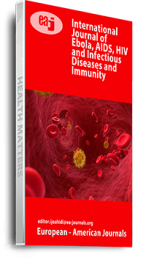It had been believed that when individual eukaryotic cells engulfed aerobic and photosynthetic bacteria, the bacteria became endosymbionts with the phagocyte and evolved into mitochondria and chloroplasts respectively. The key objective of this study is to prove that the Endosymbiotic Theqory about the origins of mitochondria and chloroplasts is a misleading lie, being ridiculously laughable. Each of the micrographs or videos in the Figures, and each of the concrete evidences listed were designed to have targetful aims. The micrographs, videos, and concrete evidences were devised to serve as addressive findings (results). The human mitochondrial DNA is a transcript obtained when two separate spliced or mature RNAs (of DNA type) transcribed from the nuclear Genome of human oocyte have annealed into double-stranded transcript and exported into the cytoplasmic organelle called mitochondrion (plural, mitochondria) that mainly performs the task of producing energy (ATP) to power the genomic reactions of the cell. Lynn Margulis’s Endosymbiotic Theory which stated that mitochondrion & chloroplast found in eukaryotic cells had evolved from bacteria when they were engulfed by eukaryotic cells, was a misleading lie that would had been ridiculously laughable!!!!
Keywords: ATP, Annealing, Chloroplasts, Endosymbiotic theory, Splicing, Transcript, mitochondria, mitochondrial DNA

